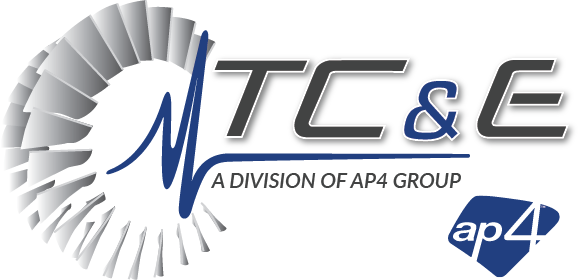Recently, our team has seen a significant increase in the number of 7FA and 9FA gas turbine startup failures. These failures occur in the control, the mechanical systems on the LCI, and most recently, mechanical water systems. Through this, we have learned that water system upgrades have become a huge issue.
In this article, we will outline the different failure modes of LCIs. We’ll tell you a little bit about the LCI static start system and some of the problems and failures we’ve seen.
Why the LCI is One of the Most Critical Assets in Your Fleet
During the summer of 2017, TC&E had 17 different LCI force outages called out between Memorial Day and Labor Day. Looking back on these failures, they likely caused an average of 36 hours of forced outage time. That, in itself, is over 600 missed hours of operation. Some of those, obviously, were longer. Not only does this mean huge costs due to outage time, but you are also looking at costs due to missing your starts and getting your E-Fore numbers up—not to mention the penalties that you’re paying for that.
The LCI is an extremely important piece of equipment, and yet, it’s not used. You typically only use it for 12 minutes at startup. If you are a base load start plant, then you’re likely only using it three times, four times, a year, but now, you’re using it every day. The static start system started off as a synchronous motor drive. In mid-1980s, GE started to utilize the static start system as a 4160v motor drive on an 18KV, or 138KV generator. This is where some of the complexity of the controls comes in…
In my experience, I’ve seen numerous manufacturers in our industry attempt to create a turbine starter and have failed. As a result, GE and TMEiC developed something unique. In the early 1990s, GE went to FA technology and began using this as a permanent starting option on the FAs. This helped decrease the size of the footprint of the whole turbine generator set by taking away starting motors and/or diesel engine startups. This method can be very advantageous for multiple sites. So, if you have a site with two, three, four different 7FAs or 9FAs, one LCI can start multiple units independent of one another.
The Four Versions of Static Starters
Many sites have two LCIs that are cross-connected. You can start two units at the same time, or if one fails, you can cross over and use it as redundancy. Here are four versions of static starters:
1. The Direct-O-Matic Analog
This series was based on the existing synchronous motor drives from the 1980s. It was used in multiple applications. Few 7FAs were available with this until the 1990s. I believe at one point, in the United States and North America, there were only 12 or 15, and that number could be high. TC&E used to work on three of them. One of them was upgraded. So, now there are only two left in TC&E’s fleet.
2. The Innovation Series LCI
This is the second version of the static starter that is likely the most popular and the most widely-installed today in the GE 7FA, 9FA fleet. It was originally installed in 1997. Between 1999 and 2004, GE had the 7FA bubble. Those 600 units that were installed are the largest concern and the oldest in the fleet right now. This system is where we are currently seeing the most water system failures. Our team is working on some solutions for these issues. There is a possibility to purchase replacement parts through authorized GE retailers. We have water-cooled resistors, and there are also multiple TILs available.
3. The LS2100
This is the third version of the static starter, which emerged after the TMEiC/GE joint venture separation. At first, it was designed to operate as a turbine starter. GE used the same controllers designed and built by TMEiC, provided by, at the time, they were still providing their controller sections to GE. They used the same power bridge and same cooling scheme. The drive is still oversized and still requires the cooling system.
4. The LS2100e
This is the fourth version of the static starter, which became available around 2010. It has the exact same power bridge and the same cooling system, but GE upgraded the controller to a more modern processor base, the communications, and called it the LS2100e. The “e” means that it is ethernet based. TMEiC is upgrading to a processor base, moving away from the old card-based LCIs.
Industry Challenges and the TC&E Solution
Of course, we all know that finding experienced engineers to help address these mechanical issues are few and far between today. For example, GE has lost a number of engineering resources due to retirement, attrition, or career changes due to the FieldCore transition. At TC&E, we have seven full-time LCI exciter engineers with vast amounts of experience in installation and controls. One of our industry partners, TMEiC, also has several field service engineers on staff.
By working with TC&E, you’re not on getting one of our solutions, you are also getting a solution that is backed by TMEiC, the OEM of the LCI control systems. This means 50+ field engineers available to work on systems.
 Watch Our Webinar & Videos
Watch Our Webinar & Videos